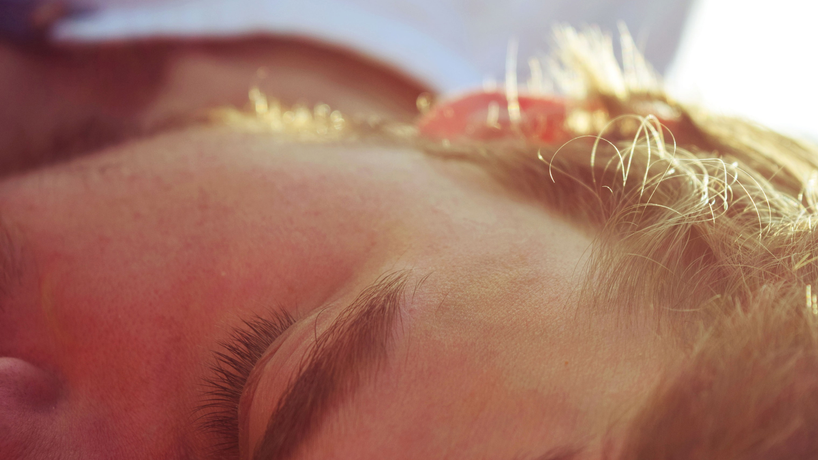
Should You Sleep with Ear Plugs In? What Ear Plugs Are Best?
Shelly Weaver-CatherCars rushing by late at night, that surprise flight path your AirBnB forgot to mention, the neighbors have a new baby… there are plenty of things that can keep you up at night, but what can you do to drown out the noise?
Disrupted sleep can cause all sorts of issues throughout the night and impact your sleep well beyond causing us to feel tired in the morning, so it makes sense that we want to avoid interruptions at all costs. Cue the earplugs. Earplugs can be a lifesaver for light sleepers, but are they safe to keep in all night?
Generally speaking, sleeping with earplugs is considered safe to use here and there. Prolonged use of earplugs while sleeping does have some potential risks that you should be aware of before stocking up.
- Earwax buildup: Sleeping with earplugs for extended periods of time can push wax deeper into your ear canal without you realizing it. This earwax buildup can cause temporary hearing loss and even tinnitus, and in some cases you’ll need to see a doctor to clear up the blockage.
- Painful for side sleepers Some silicone earplugs are harder than wax or soft silicone styles, and while they block noise well they can cause some pain with extended use, especially for side sleepers. Look for softer, moldable earplugs, though sometimes they can let in more noise than a harder pair.
- Bacteria can buildup Foam earplugs are an inexpensive and more comfortable option, but the porous material can be a great environment for bacteria to grow. You may end up spending more replacing them regularly than if you invest in a different material.

How to use earplugs when sleeping
If you want to try sleeping with earplugs to see if they help you sleep better, most of them work the same way. Make sure you wash your hands before handling them so you aren’t transferring any bacteria to your ears. Roll the earplug so that it’s small enough to fit into your ear and pull your lobe out to open your ear more. Insert just enough that you can notice blocked sound but not so much that you feel resistance. You don’t want to risk damaging the sensitive lining of your eardrum.
Let the plugs expand to fit your ear and remove it carefully in the morning. Now you’re set to start sleeping with earplugs.
You should replace foam earplugs every few days or wash silicone plugs with warm water and antimicrobial soap every other day to be sure not to spread any harmful germs.



